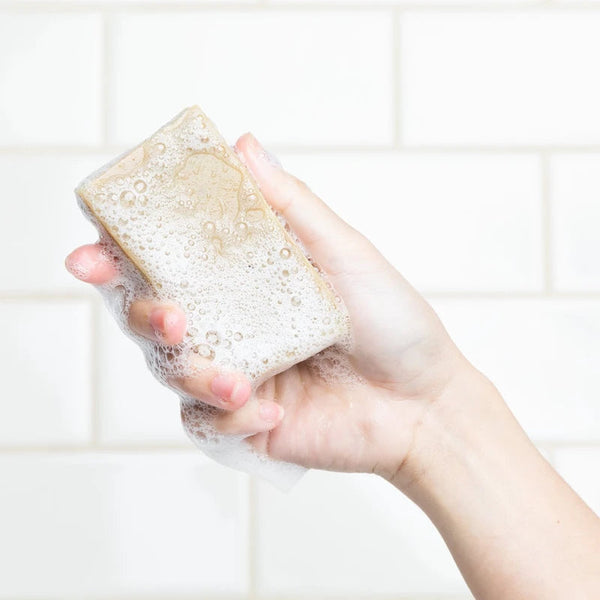Your Cart is Empty

Why Aftersun Skincare Is So Important For Healthy Looking Skin
September 07, 2019 3 min read
As summer ends and we head into fall, it’s important to remind ourselves that the sun is still shining and can have serious impacts on our skin’s health, appearance, and aging.
We all know that limiting sun exposure and sun blocks (natural or lotions), can help reduce the impacts from the sun. But what’s just as important is the steps you take after you’ve been exposed to UV for long periods.
Taking care of your skin after excessive sun exposure is incredibly important. After sun, your skin is in a state of re-balancing and wants to be nourished to decrease the impact of drying out, free radical damage, and pre-mature aging.
This time is important, as you want to provide stability and nourish while this re-balancing period is occurring.
So, how do we help prevent these negative impacts?
1. Gently Exfoliate, Cleanse, & Protect
2. Nourishment
3. Hydration
So let’s dive in and discuss how each can help prevent excess damage to your body’s largest organ (your skin)!

Gently Exfoliate, Cleanse, & Protect
A day in the sun can involve sand, dirt, salt water, vegetation, sweat, oils, .. and on and on. This means step one is to gently cleanse the skin, remove unnecessary dirt from pores, allowing them to breath / absorb healthy minerals, and prevent breakouts.
A gentle and natural exfoliating soap or rub can achieve this without irritating burnt skin, or causing further harm. (See our Forest Charcoal Soap and Salt N Sea Scrub).

Nourishment
Once your skin and pores are clean, you want to nourish the skin and replenish hydration. After sun moisturizers come in all types and qualities. However, thicker, synthetic creams can actually trap heat under the surface, exacerbating any burns. Your skin will also easily absorb any synthetic colours, fragrance, or fillers during this period.
What you want to look for in an aftersun moisturizer:
1. A formula containing high water and aloe content
Moisturizers with high water content (water base) and aloe plant typically are absorbed quickly without clogging pores. (See our original sea kelp moisturizer in a travel tube). Aloe helps sooth warm skin, while a water base allows the oils and nutrients to be absorbed quickly.
2. Moisturizer, or after-sun formula containing anti-inflammatory properties (like nutrient-rich, brown ocean kelp)
Reducing damage can extend to preventing issues like skin-damaging free radicals, redness, and general inflammation from heat exposure. Using a moisturizer with a natural anti-inflammatory (like Atlantic sea kelp) will help reduce the impacts, while providing rich and nutritious mineral content.
3. Go natural and avoid chemicals that are absorbed through your pores and trap heat under the surface
Thicker, synthetic creams can be full of chemicals, preservatives, and artificial scents / colours. All of these factors can create a barrier, preventing the skin’s pores from breathing and trapping the heat under the surface, worsening any burns or inflammation. Stick to natural oils and go light.
Hydration
Last but not least, focusing on properly hydrating the body and replenishing water levels will not only help your body feel better, but look better as well. While in the sun your body sweats, and pulls water from the surface of the skin. You want to replenish these levels to stay balanced.
See our travel-sized natural moisturizers made with Organic Nova Scotia Sea Kelp
Leave a comment
Comments will be approved before showing up.
Subscribe
Sign up to get the latest on sales, new releases and more …


